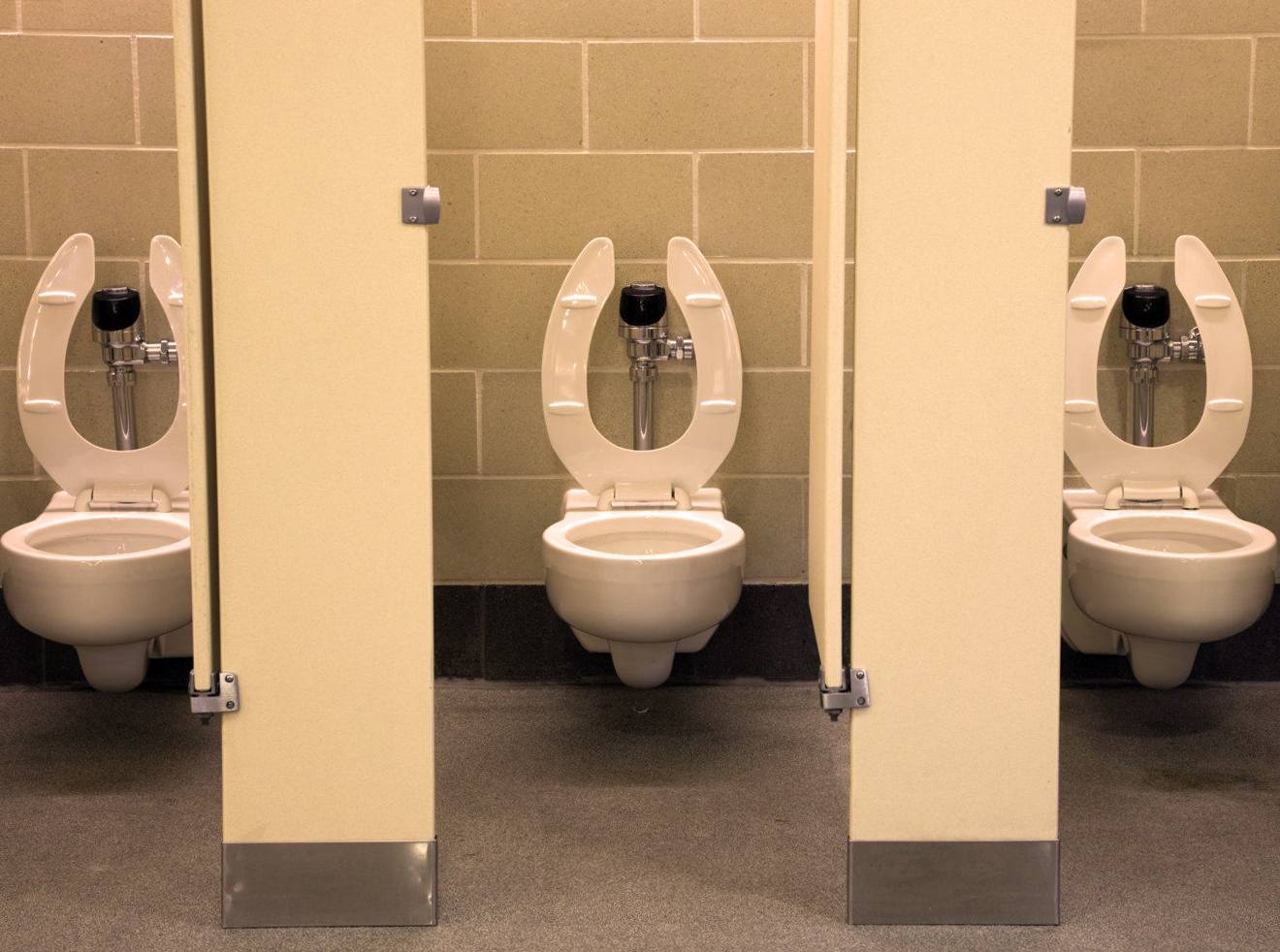A mystery revealed
Sometimes we use or see something every day and take it for granted, but if we stop for a moment to consider what that is for, we can’t answer. That’s the case with the U-shaped seats in public toilets. What are they for?
Go back to at least 1955, when the American Standard National Plumbing Code (ASNPC) stated: “Water closets shall be equipped with seats of smooth non-absorbent material. All seats of water closets provided for public use, shall be of the open-front type”. The global industry guideline Uniform Plumbing Code, created by the International Association of Plumbing and Mechanical Officials (IAPMO), superseded the ASNPC and has since 1973 called for open-front toilet seats. These plumbing codes are not laws, but many municipalities simply adopt what’s written in the UPC as their own local codes. But why?
The answer, apparently, is that gap at the front of the seat makes it easier for users to clean up; so these toilets were designed primarily for women. The U-shape was meant to give ladies plenty of room to wipe without having to stand up or touch the seat directly according to Lynne Simnick, the senior vice president of code development at the IAPMO. The opening “allows women to wipe the perineal area after using the toilet without contacting the seat”, she said. That’s especially helpful for those who like to put a layer of toilet paper on the seat before they pop a squat.
Anyway, someone else on the internet suggests the U-shaped seat may be also used for men not lifting the seat to avoid pissing on it. Is it really like this? Or is it a consequence of this special design? Who knows?
Source home.howstuffworks.com

